China’s culinary heritage is a tapestry woven with diverse flavors, techniques, and cultural narratives, encapsulated in the Eight Great Cuisines. Among these, Shandong Cuisine (Lu Cai) stands as the oldest and most revered, often hailed as the de facto leader of the gastronomic canon. Rooted in millennia of history, philosophy, and geography, Shandong Cuisine embodies the essence of Chinese culinary artistry—a harmonious blend of simplicity and sophistication, respect for tradition, and adaptability to modern palates. This article explores the origins, philosophical underpinnings, signature dishes, and enduring legacy of Shandong Cuisine, solidifying its position as the cornerstone of China’s gastronomic identity.
Historical Roots: The Birthplace of Chinese Civilization
Shandong Province, located along China’s eastern coast, has been a cradle of civilization for over 5,000 years. Its strategic location between the Yellow River and the Bohai Sea fostered agricultural abundance and maritime trade, creating a fertile ground for culinary innovation. The cuisine’s origins trace back to the Zhou Dynasty (1046–256 BCE), but it was during the Spring and Autumn Period (771–476 BCE) that Shandong began to codify its culinary principles. Confucius, the legendary philosopher born in modern-day Shandong, profoundly influenced the cuisine’s ethos. His teachings on li (ritual propriety) and zhongyong (the Doctrine of the Mean) permeated dining etiquette, emphasizing balance, moderation, and respect for ingredients.
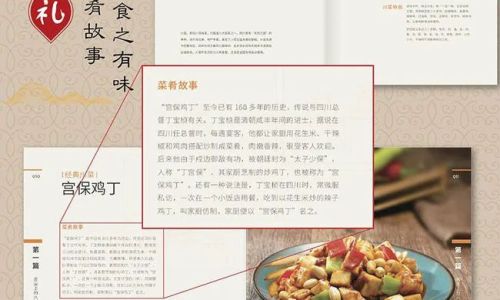
The cuisine’s imperial pedigree further elevated its status. During the Yuan, Ming, and Qing dynasties, Shandong chefs dominated the kitchens of the Forbidden City, blending regional flavors with courtly refinement. This legacy cemented Shandong Cuisine as the foundation of imperial cuisine (guanfang caipu), a distinction that persists in modern Chinese gastronomy.
Philosophical Foundations: The Art of Balance
Shandong Cuisine embodies the Taoist principle of yin and yang—the equilibrium of opposing forces. Dishes prioritize a delicate interplay between flavors, textures, and colors. Unlike the bold spiciness of Sichuan or the sweetness of Jiangsu, Shandong flavors are subtle yet profound, relying on wuwei (five flavors: sweet, sour, bitter, pungent, salty) to create depth without overpowering the palate.
The cuisine also adheres to shouyi (the concept of seasonality), where ingredients are selected based on their optimal harvest times. This philosophy ensures freshness and nutritional harmony, aligning culinary practices with the rhythms of nature. For instance, spring menus feature tender bamboo shoots and freshwater fish, while autumn brings hearty dishes like braised abalone and stewed mutton.
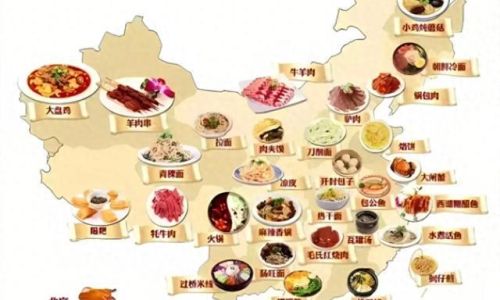
Culinary Techniques: Precision and Patience
Shandong chefs master a repertoire of techniques that elevate humble ingredients into culinary masterpieces. Key methods include:
- Braising (Lu): Slow-cooking meats and seafood in broth until tender, as seen in Dezhou Braised Chicken (Dezhou Shaoji), a dish with a 300-year history.
- *Quick-frying (Bao): High-heat searing to seal in juices, exemplified by Jinan-style Sweet and Sour Carp.
- Steaming (Zheng): Preserving natural flavors, as in Steamed Sea Cucumber with Shrimp Roe.
- Pickling (Jiang): Fermenting vegetables and proteins, such as Suancai (sour mustard greens).
These techniques reflect Shandong’s geography—a blend of mountainous inland areas and coastal plains—requiring versatility to transform land and sea produce into cohesive dishes.
Signature Dishes: A Symphony of Flavors
- Braised Sea Cucumber with Scallion (Congburn Haishen): A luxury dish where sea cucumber, prized for its gelatinous texture, is simmered in a rich broth infused with scallion oil. The result is a marriage of umami and aromatic sweetness.
- Dezhou Braised Chicken: Marinated in a blend of herbs and spices, then braised until the meat falls off the bone. Its golden, glossy skin and succulent flesh have earned it a place at state banquets.
- Nine-Turn Large Intestine (Jiuhuan Chang): A testament to culinary ingenuity, this dish involves cleaning, stuffing, and braising pig intestines in a sweet-savory sauce, transforming offal into a delicate delicacy.
- Pancake Rolls with Scallion (Zacai Bing): Thin, crispy pancakes filled with sautéed scallions and a savory sauce, embodying Shandong’s rustic charm.
- Steamed Abalone with Garlic: Coastal Shandong’s answer to seafood luxury, where abalone is steamed with garlic, soy sauce, and ginger, highlighting the ocean’s briny sweetness.
Cultural Significance: Beyond the Plate
Shandong Cuisine is inextricably linked to Confucian ideals of xiaoli (filial piety) and ren (benevolence). Feasts are structured to reflect social hierarchies, with dishes arranged to honor guests and elders. The cuisine’s emphasis on communal dining—round tables, shared platters, and synchronized eating—fosters unity and conversation, mirroring Confucian values of harmony.
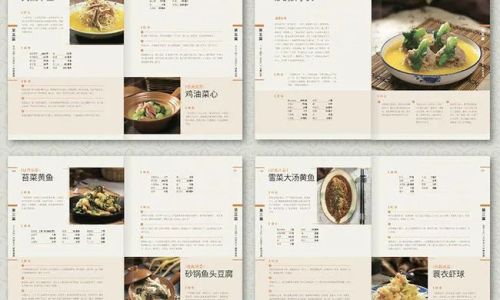
Moreover, Shandong’s literary tradition has immortalized its cuisine. Poems by Li Bai and Du Fu often reference banquets, while the Shandong Cuisine Classic (Lvshi Qingliang), compiled during the Qing Dynasty, remains a seminal text for chefs globally.
Modern Adaptations: A Global Phenomenon
While Shandong Cuisine honors tradition, it has evolved to suit contemporary tastes. Chefs now incorporate molecular gastronomy techniques, such as spherification and foam, into classic dishes. For example, Braised Sea Cucumber may be served with a caviar-like pearl of sea cucumber essence, blending texture and flavor in novel ways.
The cuisine’s global reach is undeniable. Restaurants like Shandong Home in New York and Lu Style in London introduce diners to dishes like Jinan-style Sweet and Sour Carp and Pancake Rolls, often paired with Shandong’s famed Zhangyu wines. This cross-cultural exchange has cemented Shandong Cuisine as a bridge between East and West.
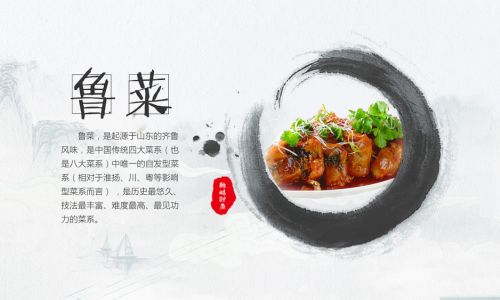
Comparison with Other Cuisines
While Sichuan Cuisine dazzles with chili-induced numbness and Guangdong (Cantonese) Cuisine prioritizes lightness, Shandong’s appeal lies in its understated elegance. Unlike the bold experimentation of fusion cuisines, Shandong chefs adhere to time-tested methods, viewing each dish as a canvas for subtle refinement.
However, Shandong Cuisine’s dominance has sparked debates. Critics argue its imperial bias overshadows regional diversity, while proponents counter that its techniques form the bedrock of all Chinese cooking. Regardless, its influence is undeniable—from the jiaozi (dumplings) of Northeast China to the xiaolongbao (soup dumplings) of Shanghai, Shandong’s DNA permeates the nation’s cuisine.
Legacy and Future
In an era of rapid globalization, Shandong Cuisine faces the challenge of preserving authenticity while embracing innovation. Initiatives like the Shandong Cuisine Cultural Heritage Project aim to document recipes and techniques, ensuring they survive for future generations. Meanwhile, young chefs are reinterpreting classics, such as deconstructing Nine-Turn Large Intestine into bite-sized tapas or using 3D-printed molds to shape Dezhou Braised Chicken into avant-garde sculptures.
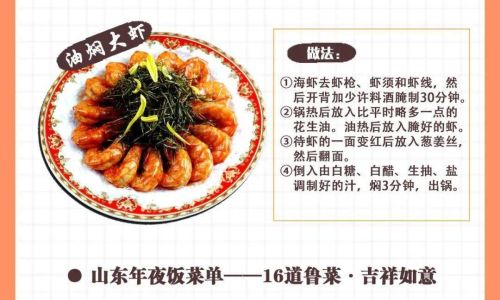
The cuisine’s future hinges on balancing tradition and creativity. As global audiences seek deeper cultural connections through food, Shandong Cuisine’s narrative—rooted in history, philosophy, and craftsmanship—positions it as an enduring ambassador of Chinese gastronomy.
Conclusion: The Everlasting Flame
Shandong Cuisine’s status as the “First Among the Eight Great Cuisines” is not merely a title but a testament to its unparalleled influence. From Confucius’s dining table to Michelin-starred kitchens, it remains a living archive of China’s past and a beacon for its culinary future. As the world savors its braised delicacies and steamed treasures, it participates in a dialogue spanning millennia—one that celebrates the art of balance, the sanctity of tradition, and the joy of sharing a meal. In Shandong Cuisine, China’s soul finds its most eloquent expression.
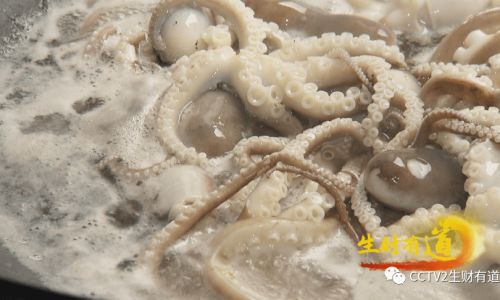
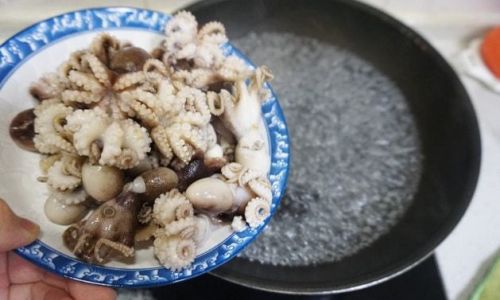
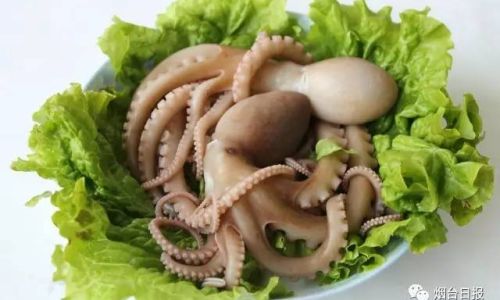

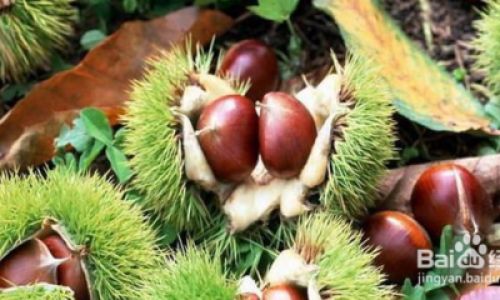

0 comments